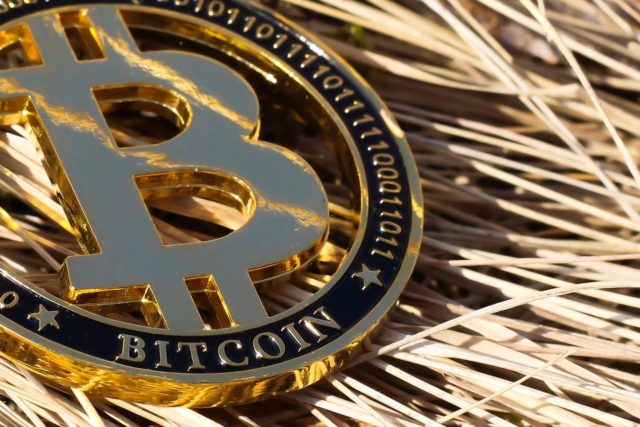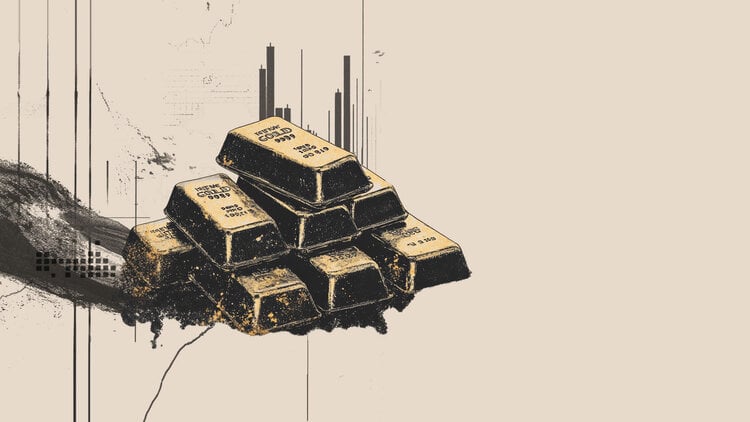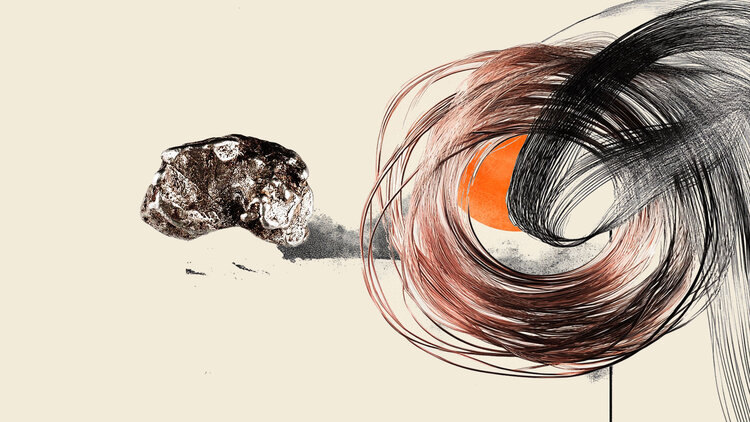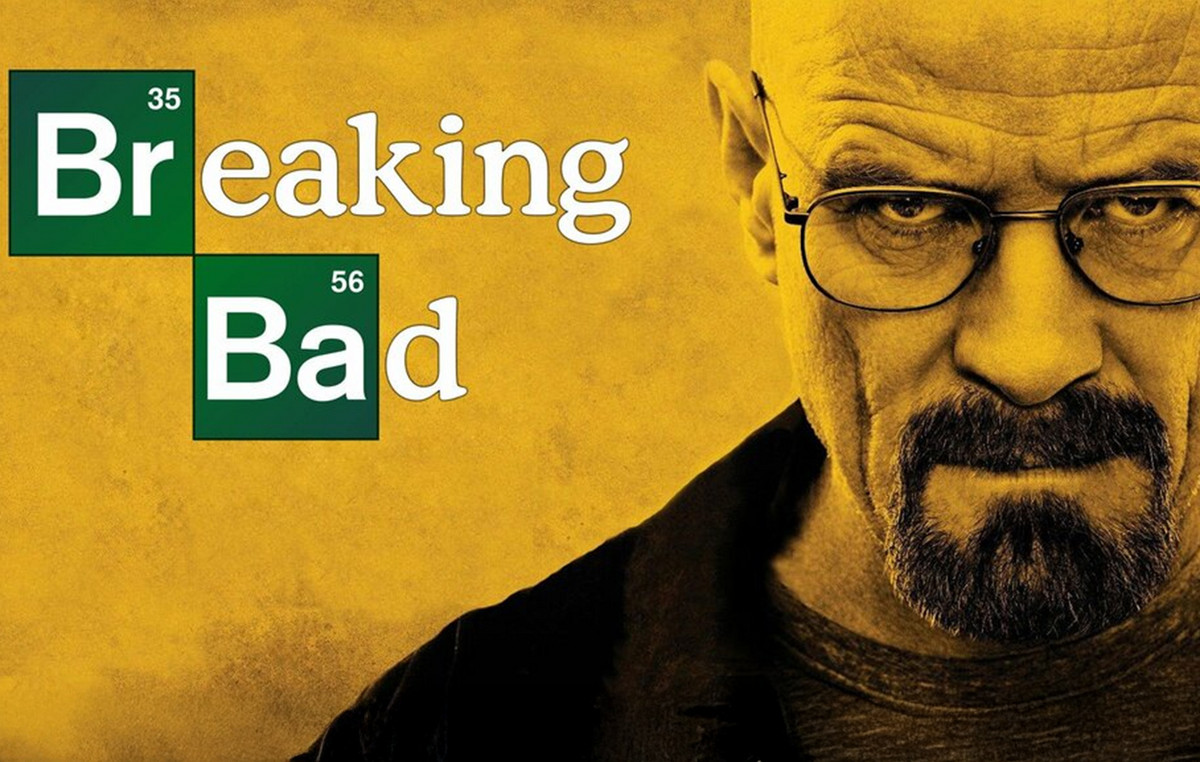The coronation of king Charles III and of the queen Camilla it was a solemn ceremony (albeit streamlined compared to that of mother Elizabeth II): the sovereign was anointed with the oil consecrated in Jerusalemhe paraded with Welsh cross and with the relics of the Crucifixion which Pope Francis gave him. But there is not only King Charles III. We retraced theinvestiture of kings and queens, in recent decades, in the rest of Europe. To discover that the magnificence and solemnity of the British coronation have no equal in the rest of the Old Continent.
It was January 15, 1972 when Prime Minister Jens Otto Krag appeared on the balcony of the royal palace in Copenhagen to announce the death of Frederick IX and proclaim Queen Margrethe: «Frederick IX is dead. Long live Queen Margrethe II! Hurrah, hurray». Thus it was, in a few moments, that the thirty-one-year-old daughter of the late monarch became the first sovereign of the Danish monarchy in six hundred years of history (before her there had been Margaret Iwho also ruled Sweden and Norway in the 14th century).
Quite simple, and decidedly quick, also the coronation of Carl XVI Gustaf of Swedenwho on September 19, 1973, wearing his military uniform, entered the throne room at Stockholm Palace, he sat down on the silver chair cloaked in ermine and surmounted by a large symbolic crown, e he read a speech of a few minutes in which he became the new ruler. No solemn rite, no crown lowered on his head. Only the view from the balcony of the buildingalone.
Beatrix of Holland she became queen on April 30, 1980 when her mother Juliana decided to abdicate. She was chosen well thought out by the sovereign, in order to allow her daughter to take up the baton in the flower of her energies (she was 42 years old at the time). Beatrice she was not crowned, but was sworn in before a public and joint session of the two Houses of Parliament. Ten years ago, the sovereign has abdicated the Dutch throne and son Willem-Alexander I became the new king.
King Harald of Norway he became sovereign in June 1991 on the death of his father Olav V. And the ceremony with which he was crowned had, by his express wish, sacred value as well as institutional. Just like Carlo’s. The ritual though it was much thinner of what is about to take place in Westminster Abbey for the accession to the throne of the English sovereign. Harald and his wife, the commoner Sonja Sommerlatwere welcomed at Nidaros Cathedral in Trodheim by Archbishops Finn Wagle and Andreas Aarflot, knelt before the altar, and received a simple blessing with the right hand.
In 1993, after the death of King Baldwin, it was the turn of the brother Albert, until then Prince of Liègecollect the baton, swearing in before the assembled houses of Parliament on August 9, 1993. With the accession to the throne of Albert II, his wife, the Italian Paola born Ruffo di Calabria, became queen consort. The two, married since 1958, they have three children: Philippe, Astrid and Laurent. Then, there is Delphineborn from an extramarital affair of the former ruler of Belgium (he abdicated in 2013, but retains the title of king) with the Baroness Sybille de Selys Longchamps. In 2020, after seven years of legal battles, thanks to the Delphine DNA test she proved her royal paternity by conquering the title of princess.
Albert of Monaco, the son of Grace Kelly and Rainier, he became Sovereign Prince in July 2005, aged 47. His coronation without a crownIndeed, Albert’s investiture was an enthronement for a “reigning” prince. The first part of the “enthronement” ceremony took place three months after the funeral of Rainier III. A solemn mass in the cathedral of the Immaculate Conception, the one where Grace and Ranieri had said “yes”, consecrated Alberto new ruler of the small state. It was a moment full of emotion: at one point Stephanie she took her brother’s hand and he squeezed hers too Caroline, who could not hold back the tears. At the end of the ritual the mayor on the square of the Palais symbolically handed over to Alberto the keys to the city. So the new ruler gave to his fellow citizens a big party which lasted until evening, with music and fireworks. The second part of the enthronement was staged on the following November 19 on the occasion of the feast of San Ranieri: that was the institutional moment. Heads of state and royalty attended the solemn mass including Crown Princess Victoria of Sweden and Prince Joachim of Denmark.
The enthronement of Albert of Monaco
Pascal Le Segretain/Getty ImagesAt 75, Beatrice of Holland decided to step aside and her son William Alexander picked up the baton. It was April 30, 2013 when the new king was sworn in the Nieuwe Kerk, a deconsecrated church. I swear not about God, but before Parliament, promising to respect it. On the shoulders the royal mantle of velvet and ermine, but no crown on the head. At his side is his wife, Argentina Maxima Zorreguietaamong the guests the three daughters: Alexia, Ariane And Amalia, from that day heir to the throne. Among the guests Kofi Annan and the then princes Charles and Camilla, the royals of Spain, Norway and Sweden, Albert of Monaco and Naruhito, then heir to the Chrysanthemum throne. The ceremony ended with a procession on the water of 200 royal boats and the new sovereigns appeared on the balcony.
After the abdication of Albert II of Belgium the new King Philip, flanked by his wife Mathilde, appeared on the balcony of the royal palace in Brussels amidst trumpet fanfares and cannon salutes. The ritual was solemn but fast, with a speech in the three official languages of the country: Dutch, French and German. No foreign heads of state or royals invited.
Felipe VI became King of Spain on June 19, 2014. Dad Juan Carlos had abdicated to the previous midnight. The frugal coronation ceremony took place in Parliamentwhere Felipe arrived with his wife Letizia and two daughters: Sofia and the future queen Leonor. «Here I am before the Cortes Generales to take the oath required by our Constitution and be proclaimed King of Spain». So the new sovereign took the floor, adding: “I begin my reign with a deep emotion for the honor that implies taking the Crown”. However no crown rested on his head. The jewel remained on a red pillow in front of him.
The coronation of Felipe VI of Spain
Christopher Furlong/Getty ImagesTo find a ceremony truly imbued with wealth, magnificence and luxury, we have to go further back in time. And outside Europe. It was October 26, 1967 when Mohammad Reza crowned himself Shah of Persiain the splendor of the Grand Hall of the Golestan Palace, on the Peacock Throne. A coronation with a first for Iran: a crown also for the Shahbanou, Empress Farah Diba. In fact, the Shah wanted his third wife – being the heir to the throne still small – to be able to become regent in case of his premature death. So a crown was commissioned, the first in the country’s 2500-year history, also for the empress.
The coronation of the Shah of Persia
Betmann– Coronation of Charles III, revealed the role of William who will swear allegiance to the king
-Harry, who may decide at the last moment not to go to Charles’s coronation
-Charlotte of Wales turns 8, the new official photo
Source: Vanity Fair
I’m Susan Karen, a professional writer and editor at World Stock Market. I specialize in Entertainment news, writing stories that keep readers informed on all the latest developments in the industry. With over five years of experience in creating engaging content and copywriting for various media outlets, I have grown to become an invaluable asset to any team.







